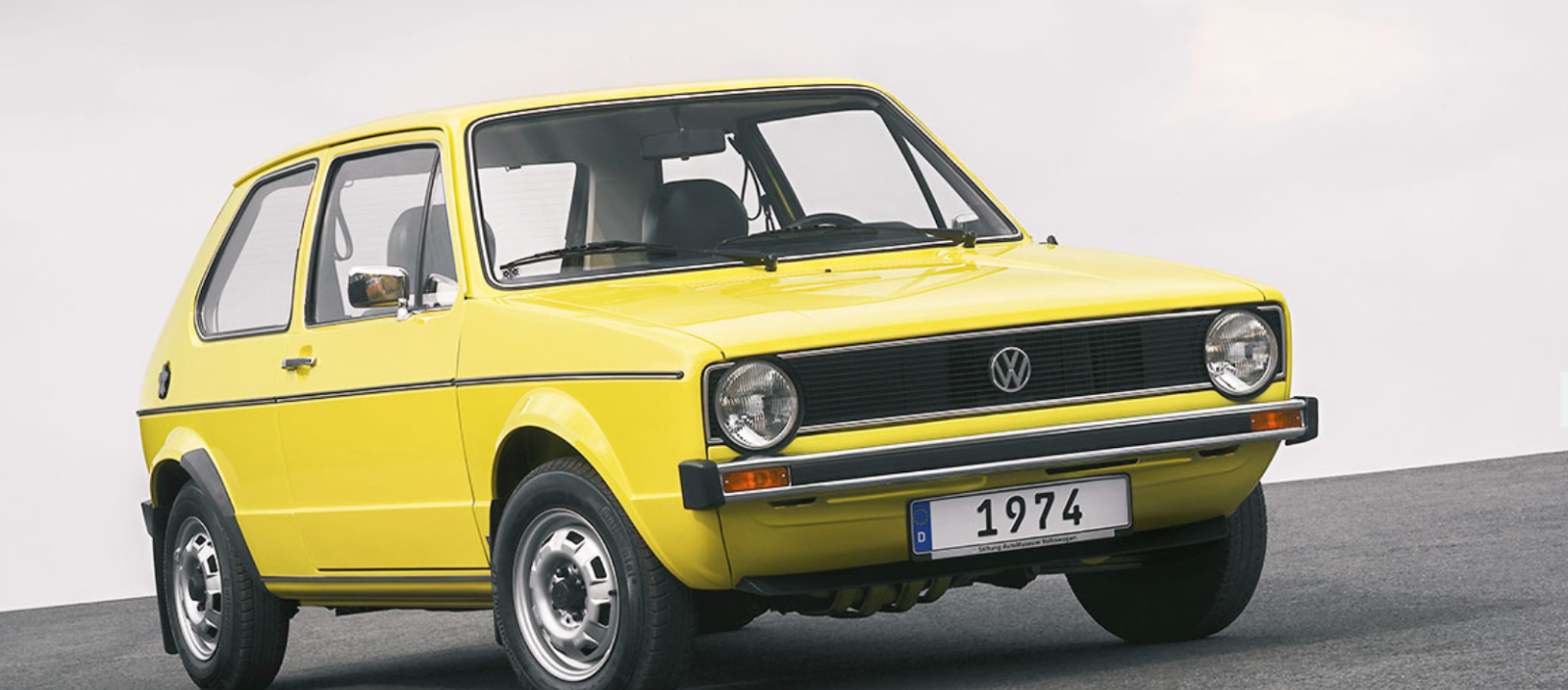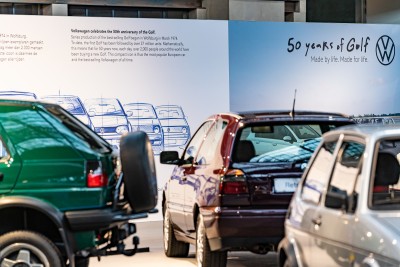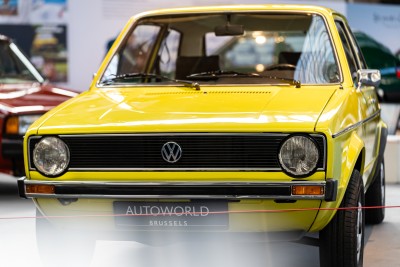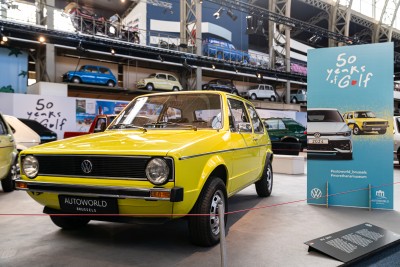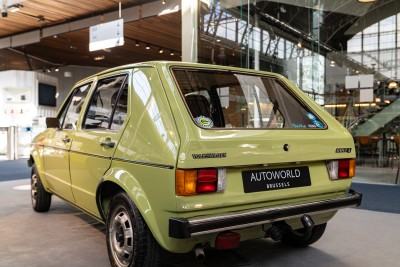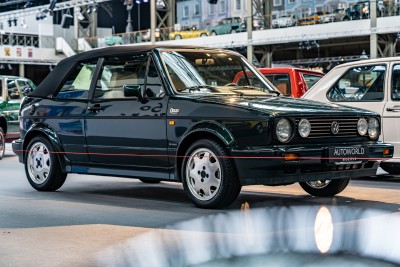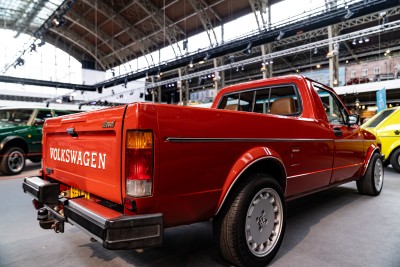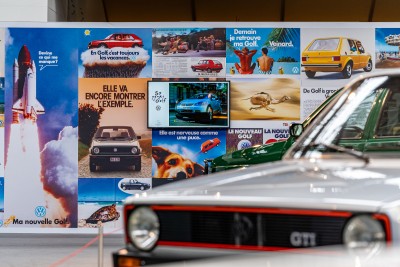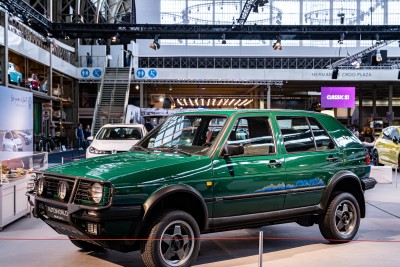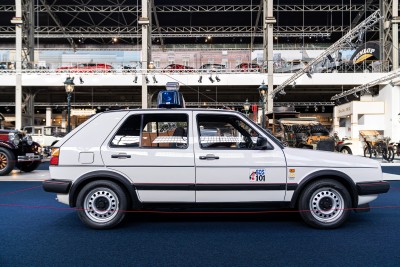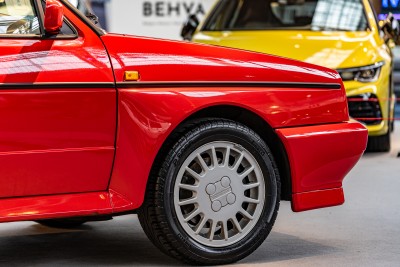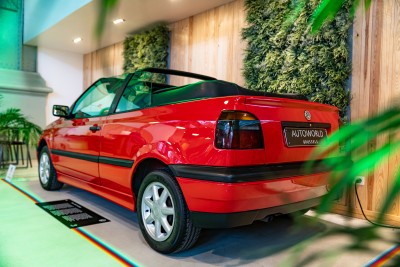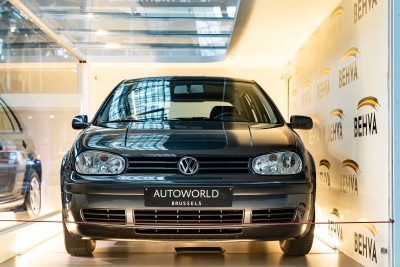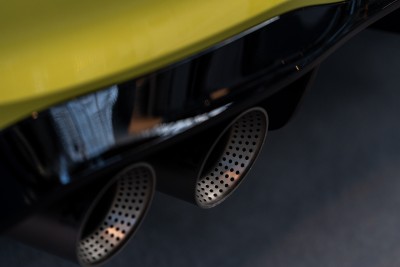Autoworld honors 50 years of the Volkswagen Golf from March 1st to April 28th. The most successful European car is now in its 8th generation, having received a facelift again this year. It continues to thrive at the top through constant renewal, technical innovations, and countless variations
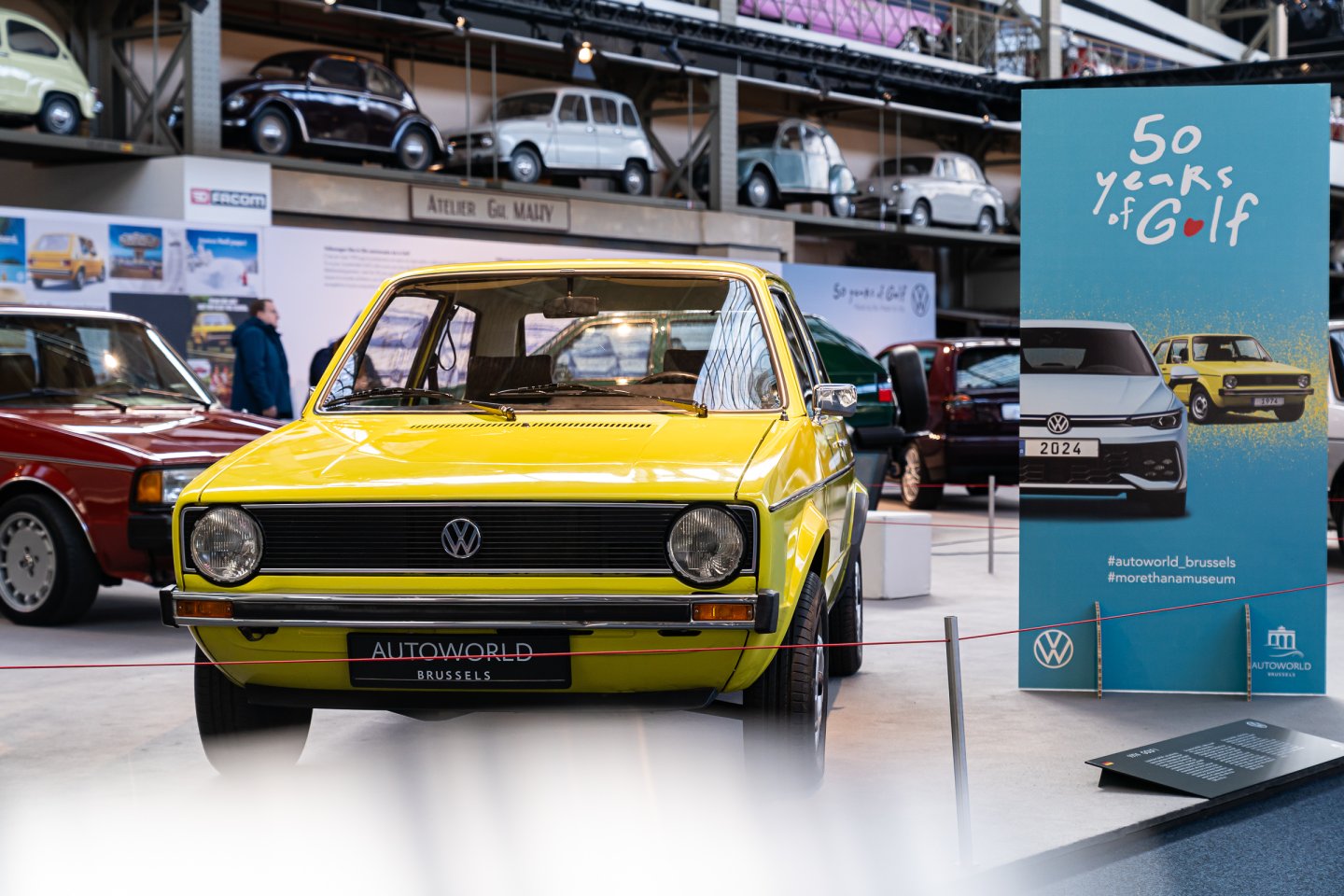
Giugiaro
In 1974, the VW Beetle concept no longer met current standards. The successor will feature front-wheel drive and, of course, a water-cooled engine in the front. A large tailgate and fold-down rear seats vouch for more practical use of the interior. Giogretto Giugiaro will be responsible for the design. The result is a very compact car, which will be available in both two- and four-door versions. Its weight is 165 kilograms less than the VW Beetle, which means that the motorisation of a 1.1 (50hp) or 1.5 litre (70hp) is more than enough to give the new model excellent performance. And with optimised production techniques as well as a selling price that is 600 DM higher in Germany than the VW Beetle, the new Volkswagen is poised for success. But would the public follow suit?
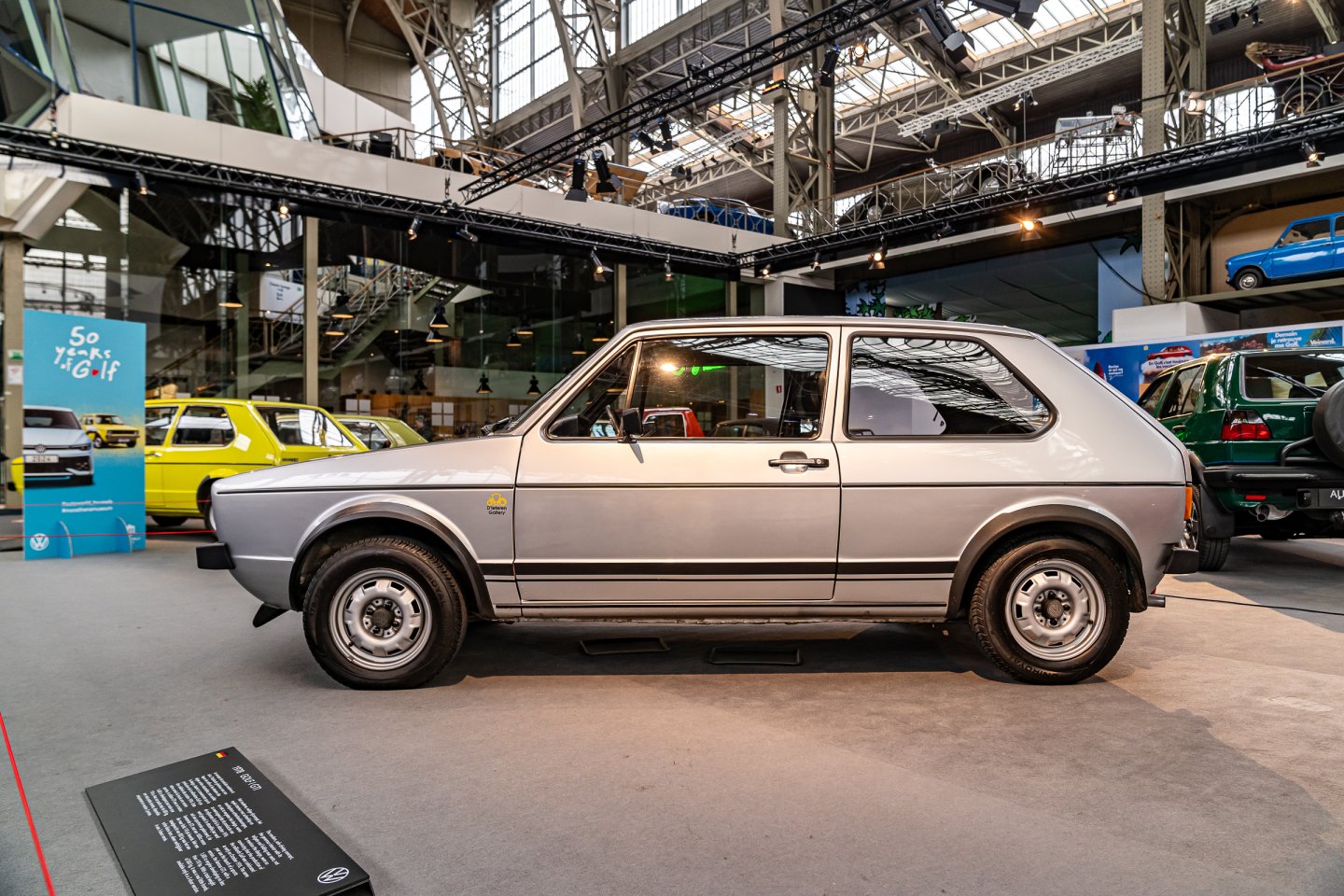
Golf I
Volkswagen does not have to wait long for the answer. Sales of the new Golf, named after the Gulf Stream, are running like clockwork. By the end of production in 1983, 6.9 million Golfs will have been built. In South Africa, production even continues until 2009! Almost immediately, Volkswagen also starts evolving the Golf. No car type has been built in so many variants. For instance, there are the American (Rabbit) and Mexican versions (Caribe). Of course, there are the mythical GTI versions, diesels, pick-ups and convertibles. The Golf continues to surprise.
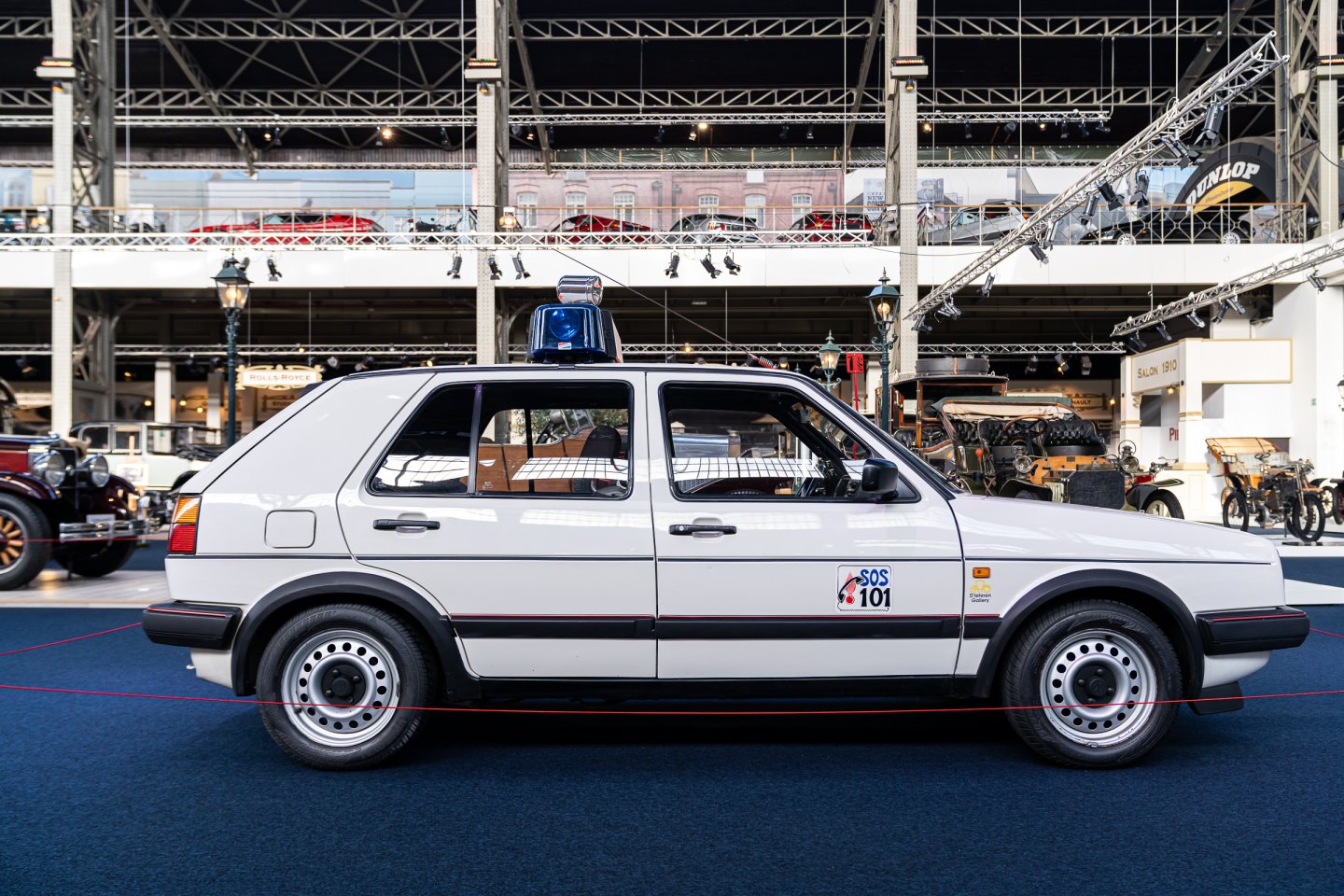
Golf II
The second generation is bigger to meet the demand for more comfort. But the basic concept remains unchanged. This time, the design comes from the company's own Wolfsburg house and production is fully automated for the first time. C, CL and GL equipment levels will follow. Of course, there will also be a GTI version, a Rallye homologation special with 160 hp and all-wheel drive, as well as a Country all-road version. The Belgian gendarmerie is also hiring Golf GTIs in response to the turbulent times of Gangs and robberies. And Volkswagen shows extreme foresight with the CitySTROMer II, an electric variant of which 70 units are produced as early as 1985. In 1987, a hybrid prototype is introduced. And once again VW shaves high sales caps. In 1988, the 10 millionth Golf rolled off the production line. .
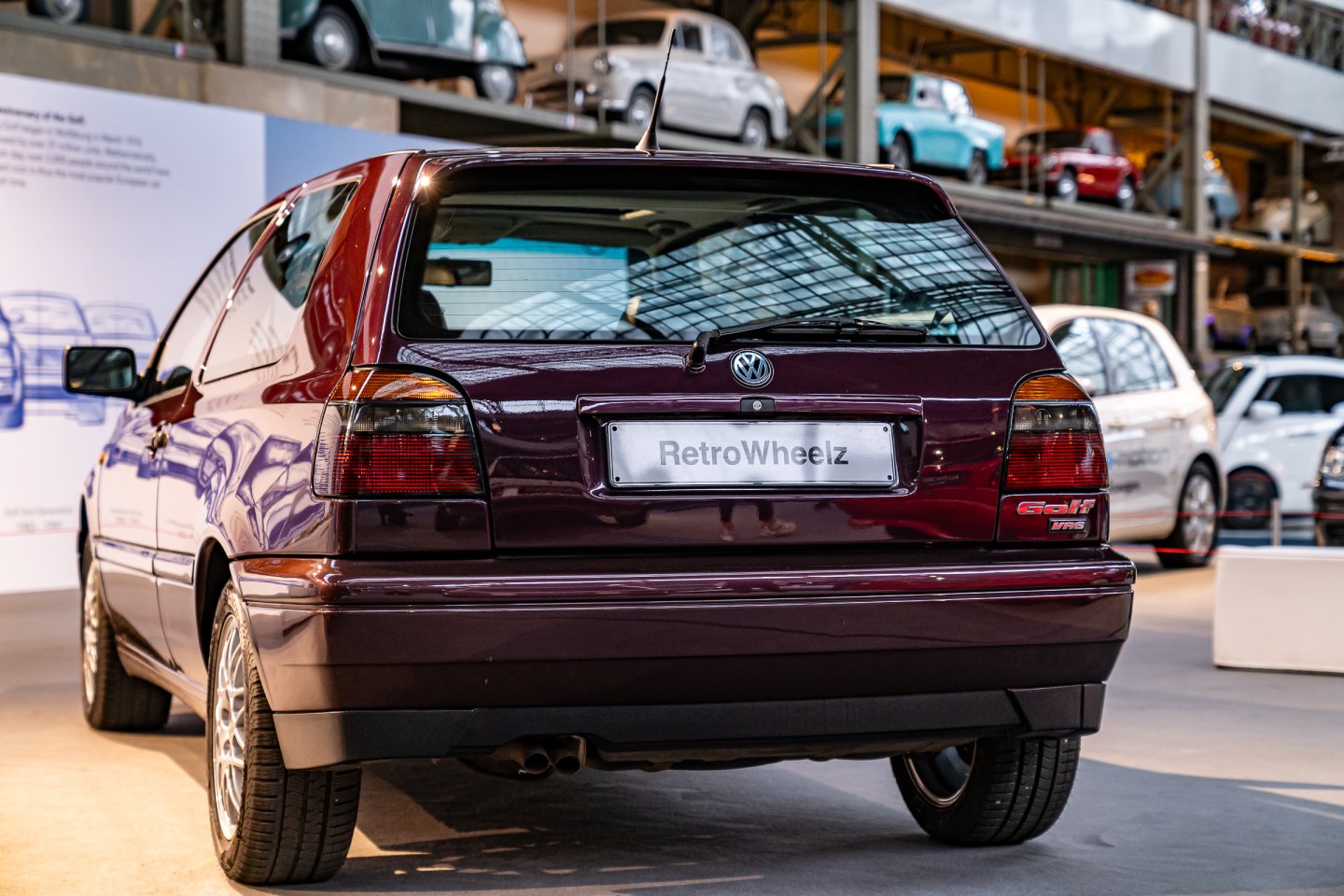
Golf III
The Golf III followed in 1991. The model is characterised by significantly better safety features for driver and passengers. The design is a lot more rounded, modern, aerodynamic and also more timeless. Again there are CL, GL, GT, GT Special and GTI versions, in addition to a first Variant break and again a convertible, which was never developed with the Golf II. The most spectacular version is the VR6 with a 174 hp six-cylinder under the bonnet. In 1997, the 4,805,900th Golf III rolled off the production line, another success.
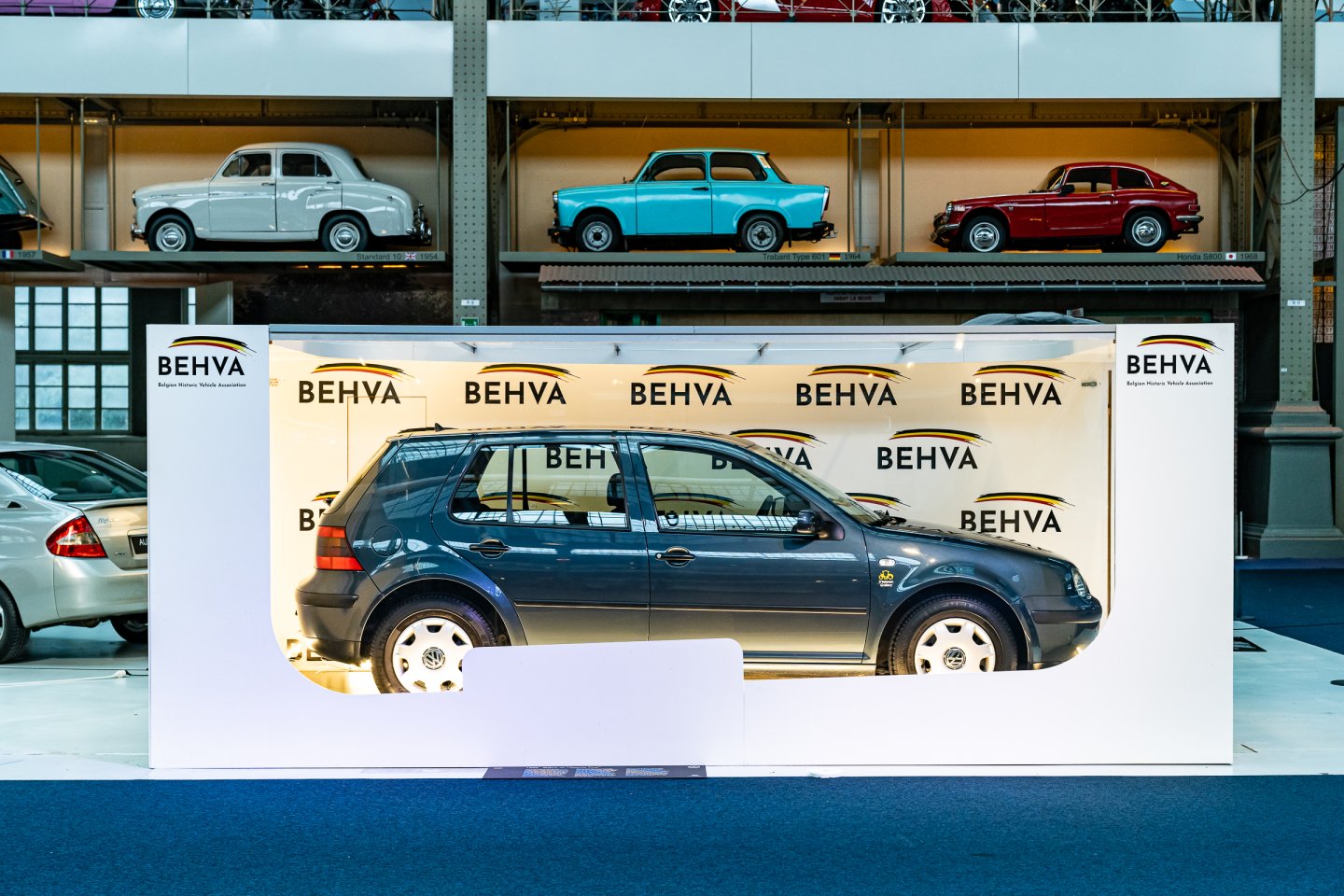
Golf IV
The Golf IV focuses on build quality and comfort. With an extra length of 13 centimetres, a width increased by 4 cm, the Golf again becomes much more spacious for its users. The design is widely praised and is considered a trendsetter for the class. Again, countless variants are built, with this time the R32 being the most extreme version, good for 241 hp, all-wheel drive and optional DSG six-speed gearbox. The Golf IV's counter ticked off 4.9 million units produced in 2003.
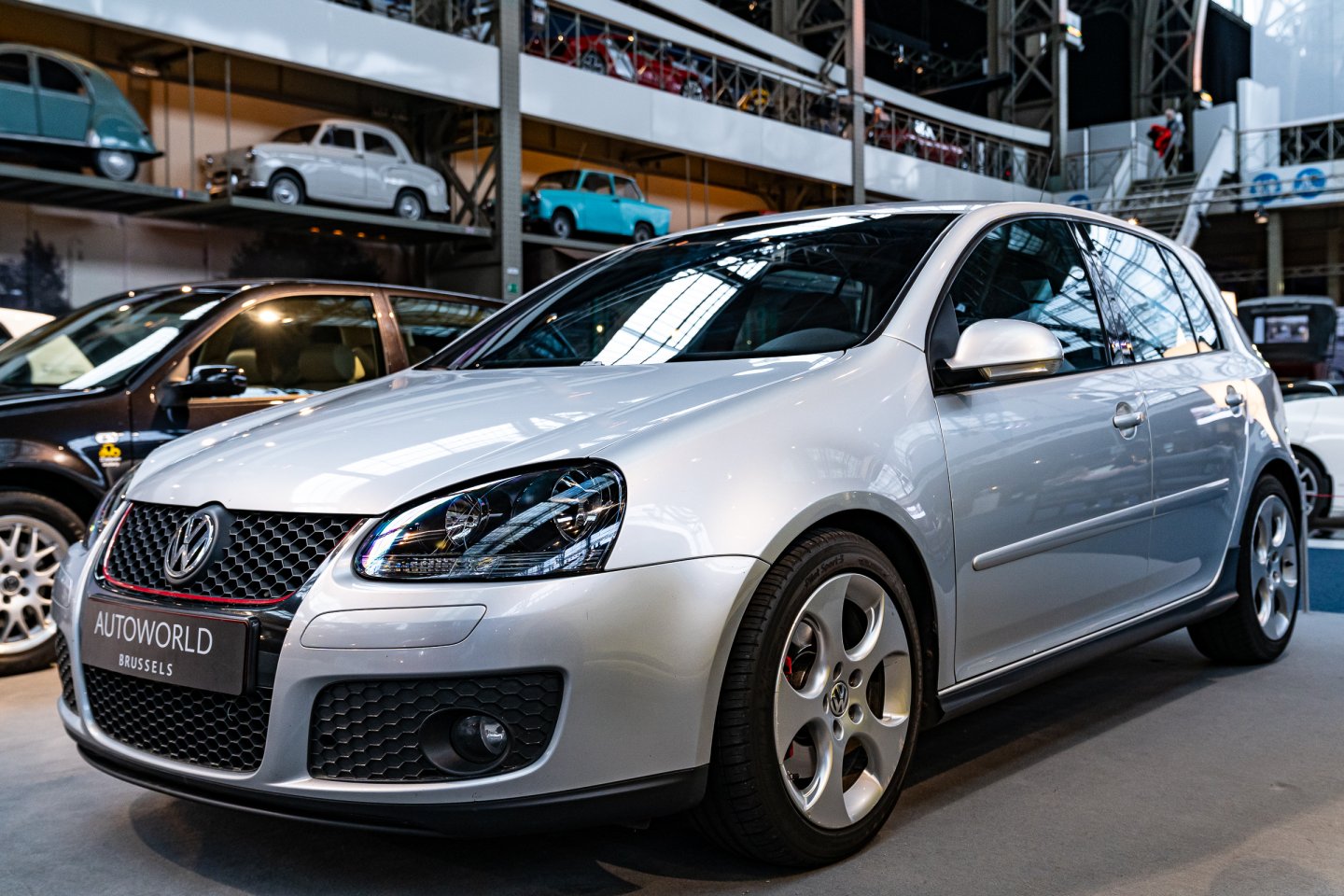
Golf V
The Golf V is fully committed to democratising driving aids and safety systems. Four disc brakes, electronic stability control (ESP), traction control (ASR), electronic limited slip differential (EDS), ABS and multiple airbags offer no car in its class so much safety. Besides the sporty variants, there will also be a Golf Plus compact van, CrossGolf small SUV, new Golf Variant break and the BlueMotion. Once again, 3.4 million Golfs roll off the assembly l
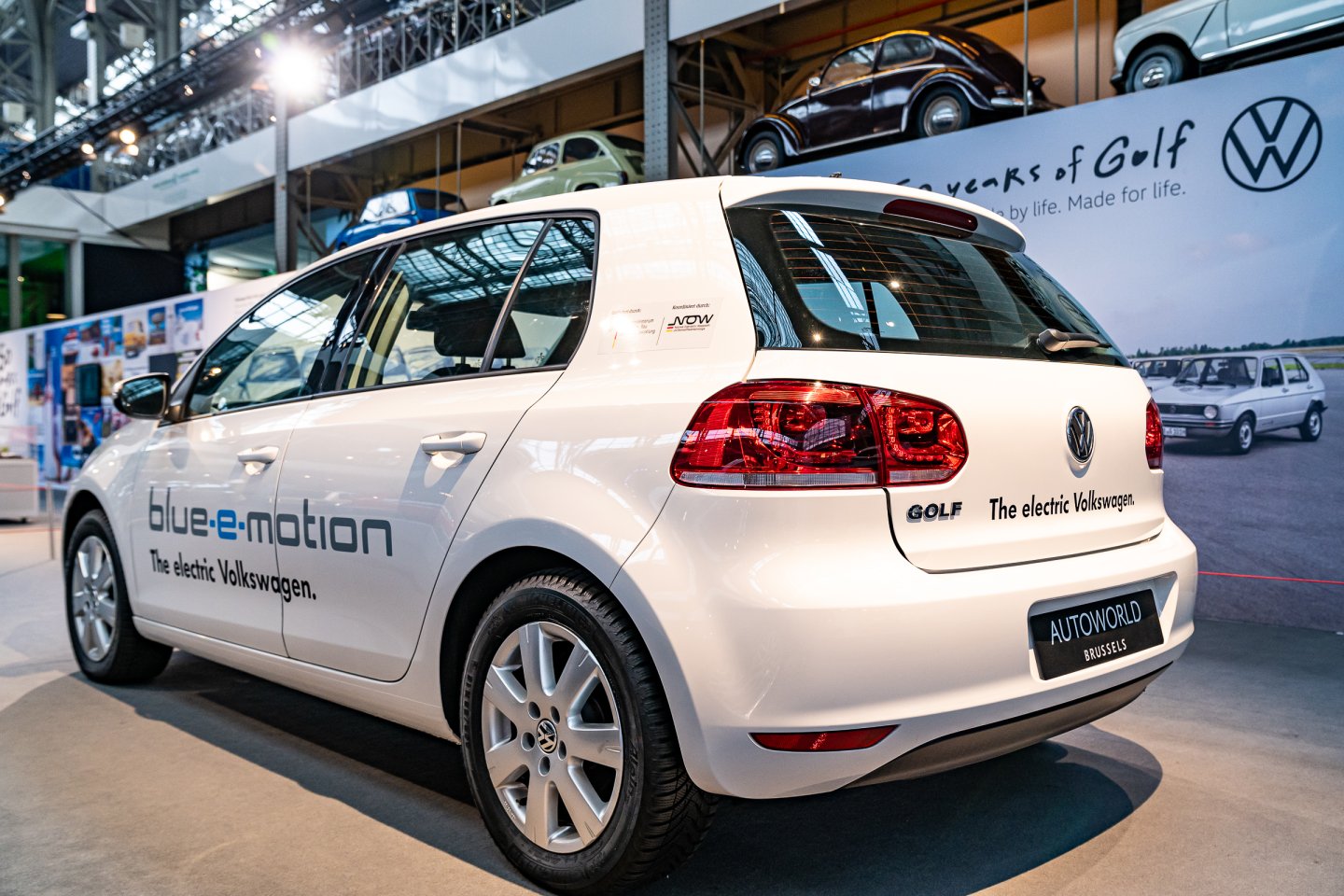
Golf VI
The Golf VI is shown in 2008 in and is a design by Walter de Silva. Once again, the Golf exceeds the usual standards in terms of safety equipment. Among others, a knee airbag for the driver, adaptive cruise control, parking assist, reversing camera, DCC adaptive chassis control, tyre pressure sensor, bi-xenon headlights, dynamic cornering lights and LED tail lights are unseen in its class. Once again, 3.6 million Golfs drive out of dealerships.
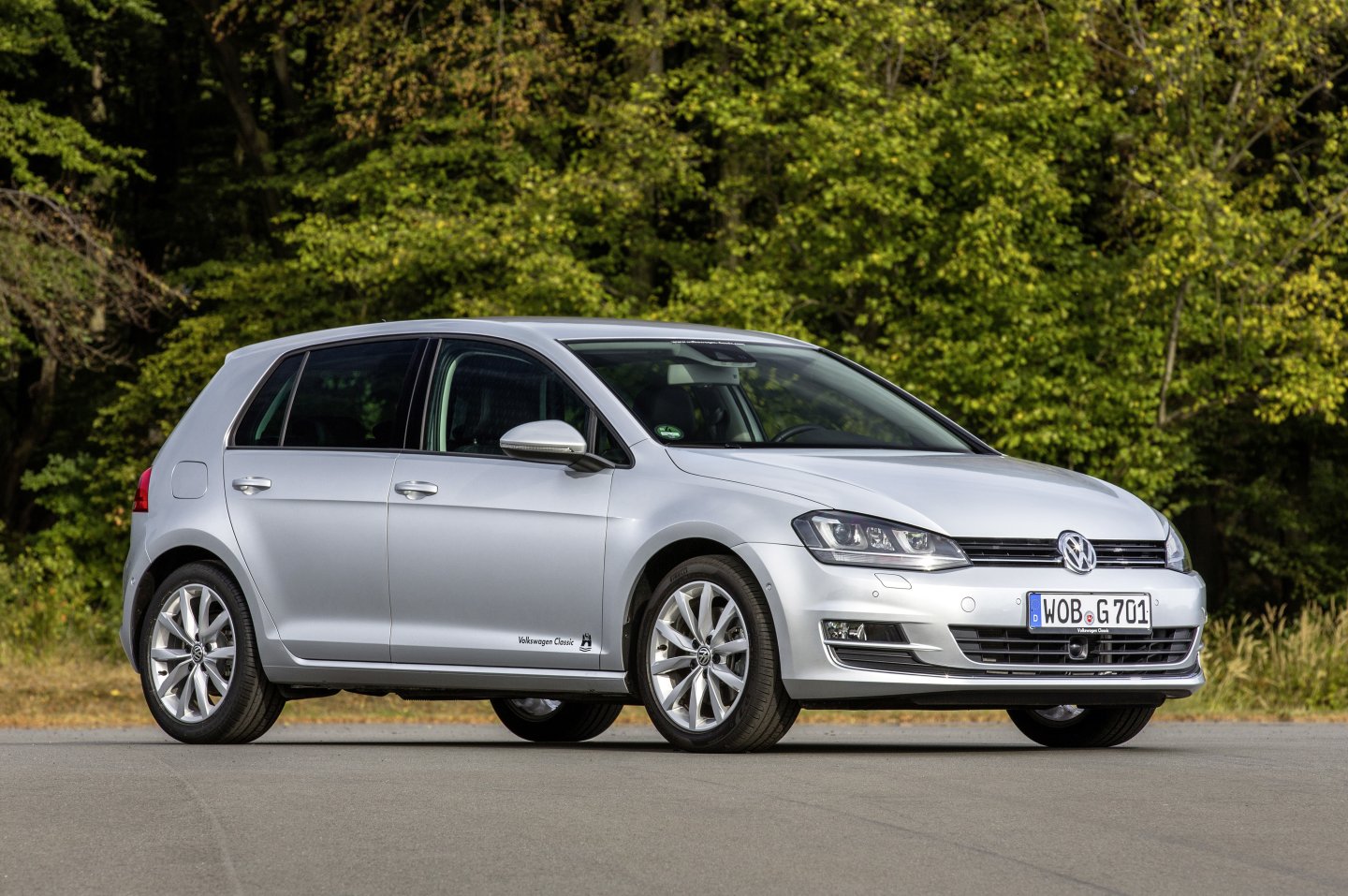
Golf VII
The seventh generation will follow in 2012. The Golf VII was again slightly larger than its predecessor, but depending on the version, about 100 kg lighter. There will be another electric Golf, the e-Golf, after the CitySTROMers from the first and second generation, while a plug-in hybrid will also be offered. The GTI Clubsport version breaks the lap record for front-wheel-drive cars at the mythical Nürburgring in 2016. That same year also sees a Golf 7.5 facelift, to be followed by the Golf VIII in 2019. In the process, a three-door version will no longer be offered for the first time. The e-Golf will be replaced by the ID.3. Meanwhile, the counter of the number of Golfs produced stands at 37 million, making it by far the most successful European car of all time.
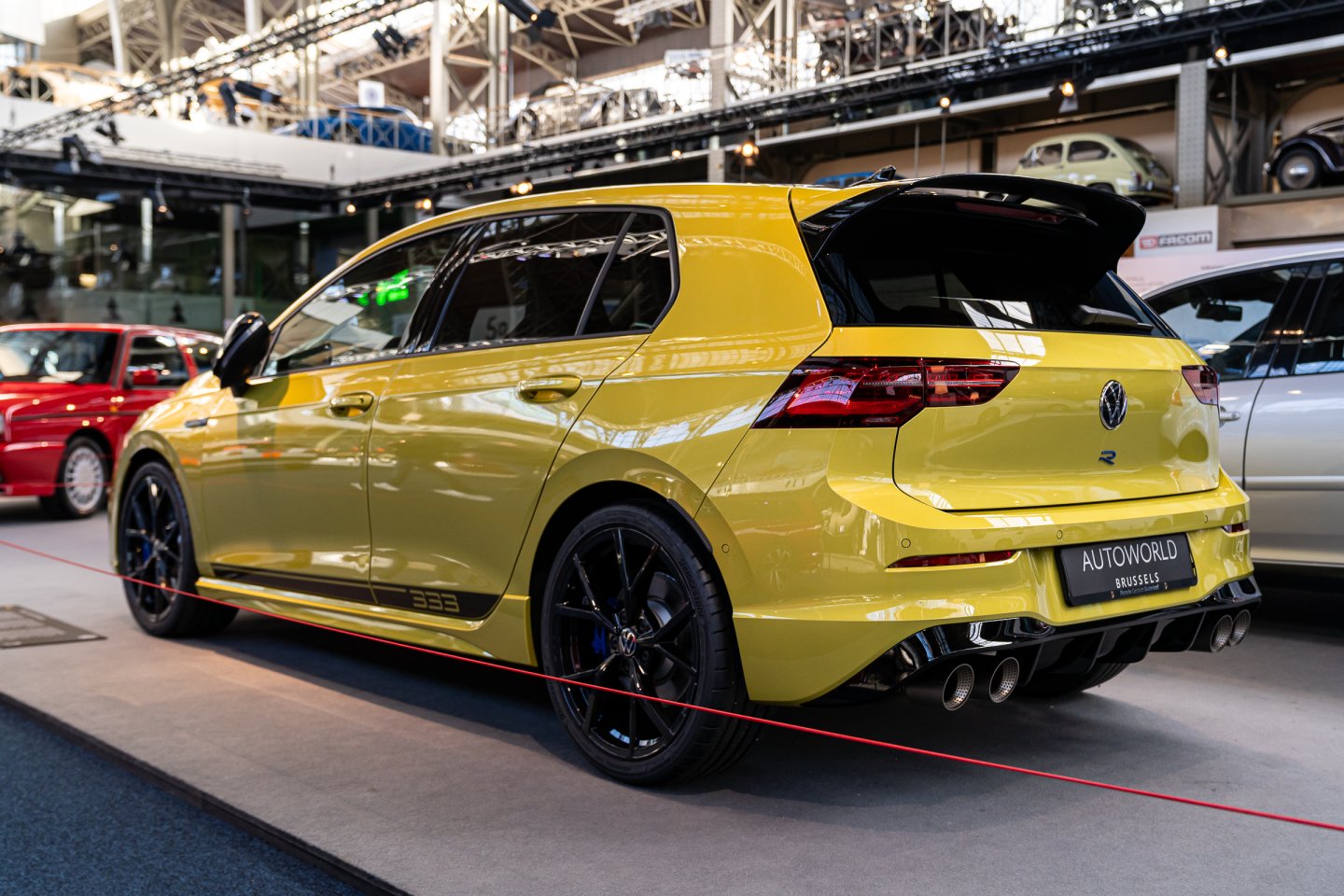
Golf VIII
In the process, a three-door version will no longer be offered for the first time. The e-Golf will be replaced by the ID.3.
Meanwhile, the counter of the number of Golfs produced stands at 37 million, making it by far the most successful European car of all time.
